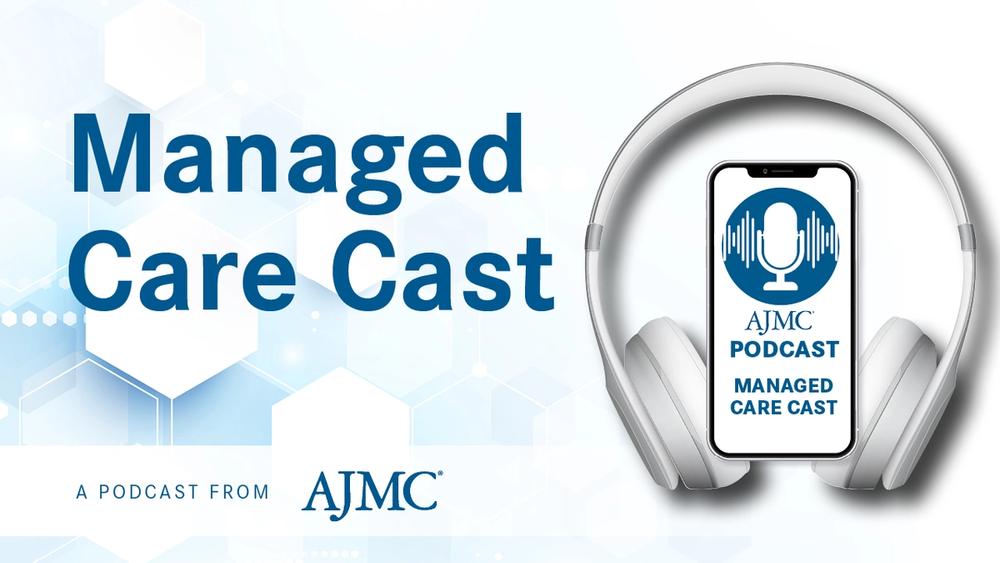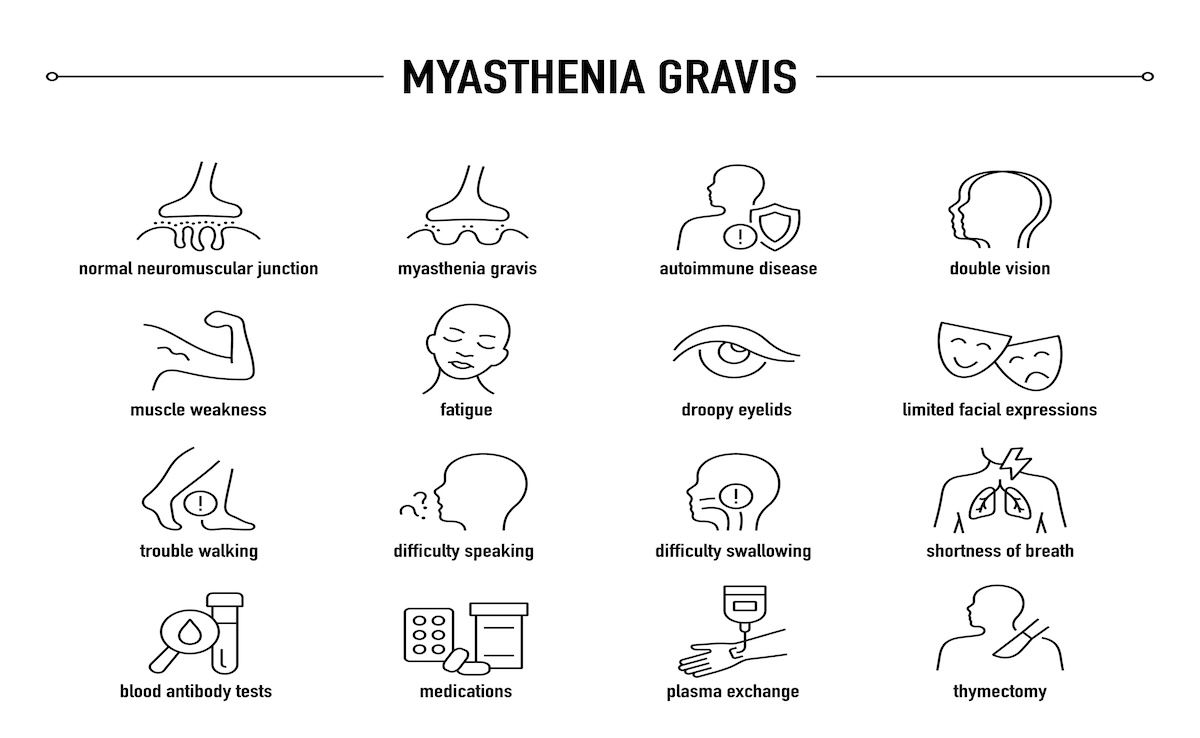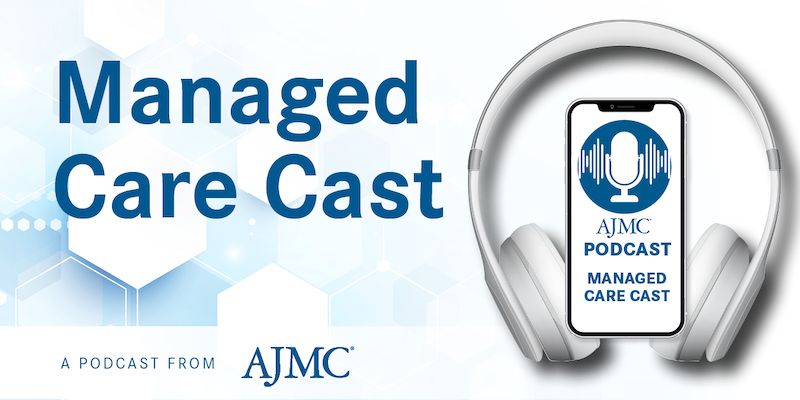Video
Rani Khetarpal Highlights the Biggest Misconception Linked With Care Pathways
Pathways are not trying to restrict or take control of treating the patient from the physician, it’s actually trying to enhance that for the physician and take the guesswork of how to do that out of it, said Rani Khetarpal, MBA, vice president of Oncology Value-Based Partnerships at New Century Health.
Pathways are not trying to restrict or take control of treating the patient from the physician, it’s actually trying to enhance that for the physician and take the guesswork of how to do that out of it, said Rani Khetarpal, MBA, vice president of Oncology Value-Based Partnerships at New Century Health.
Transcript
What is the biggest misconception that clinicians and practices have about pathways?
That they’re super restrictive and trying to control what they do. I think that the biggest pushback we get is that it’s going to take away the ability for the physician to give the patient the treatment they want. I think that is a misconception that as we have 1-to-1 conversations, are able to make sure and clear up; but I think that, and rightfully so, there's always been this perspective because pathways from a New Century Health standpoint have been pushed down because of a payer contract—but now that we’re moving into the provider segment and aligning ourselves with providers, the discussion is a little bit different.
So, the discussion is you can still do for the patients that you need to, you can still prescribe the therapy that you need to, but for a good amount of your patients, you should be able to stay on pathway because it’s what you’re doing anyway. So, once they’re able to look at the pathways and they actually see what is considered, our level 1 pathways, or you know, any pathways that are kind of the primary pathway for that particular tumor type or that patient, then they’re like ‘Okay, this is actually not that bad. We can actually work with this.’ So, the devil is in the details and the devil is in actually looking at the pathways and really understanding what the pathways are trying to do. It’s not trying to restrict and take control of treating the patient from the physician, it’s actually trying to enhance that for the physician and take the guesswork of how to do that out of it.

The Importance of Examining and Preventing Atrial Fibrillation




